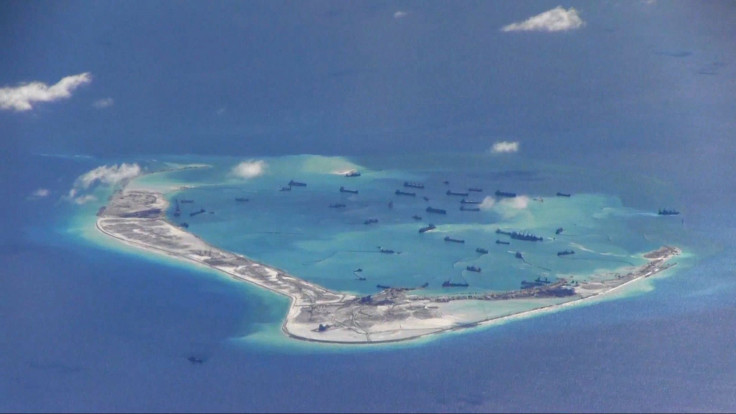China Moves Weapons To Spratlys, As South China Sea Dispute Intensifies: Report

China has moved weapons to the Spratlys, the man-made islands at the center of a controversy over disputed territorial claims in the South China Sea, according to a report in the Australian media.
The specific type of weaponry installed on the islands was not specified in the report from Fairfax Media. It did, however, cite concern among Australian officials that China may move to introduce long-range radar, anti-aircraft guns and regular surveillance flights that will enable it to project military power across a wide area.
The movement of weapons to the islands, if verified, would be the latest in a series of escalations in the dispute that have taken place in recent days.
On Tuesday, China broke ground on another construction project on the islands, a pair of lighthouses, and announced its intention to continue the construction of what an official called necessary structures for public use.
The country also released a defense strategy paper this week, which placed a focus on developing the country's ability to project naval power abroad. Although the strategy paper mentions the U.S. only in passing, it leaves little doubt about whom China perceives as its opponent, blaming “some external countries” for “meddling in South China Sea affairs,” the New York Times reported.
The U.S. has responded to China's actions in the South China Sea on both the diplomatic and military fronts. U.S. Defense Secretary Ash Carter on Wednesday called for an immediate end to island-building in the disputed region, saying that China's efforts were "out of step" with the regional consensus, and that U.S. military aircraft and warships would continue to operate in the area as permitted under international law, Reuters reported.
In addition, in a highly publicized encounter last week, a U.S. spy plane that flew through the self-declared Chinese “military alert zone” around the islands, prompted increasingly emphatic requests from the Chinese navy to leave.
U.S military aircraft have repeatedly flown through such zones, located in maritime areas in which it does not recognize Chinese sovereignty. In the light of reports that China had moved weapons to the islands, the Australian government is reportedly considering pursuing similar “freedom of navigation” missions -- a departure from its previous stance of neutrality in the dispute.
The continuation of such flights, in addition to reports that that U.S. is considering deploying ships and aircraft within the 12-mile area around the islands (an effective refutation of China's territorial claims), raises the possibility of a military clash between the two nations.
While the U.S. and China have negotiated protocols for what they call "unexpected encounters" to minimize the chance of such a clash, the protocols have been agreed only for naval, not air-to-air encounters, leaving a concerning area of possible conflict. The two countries have committed to agreeing on a protocol by the end of the year, an expert cited by Vice reported.
© Copyright IBTimes 2024. All rights reserved.












